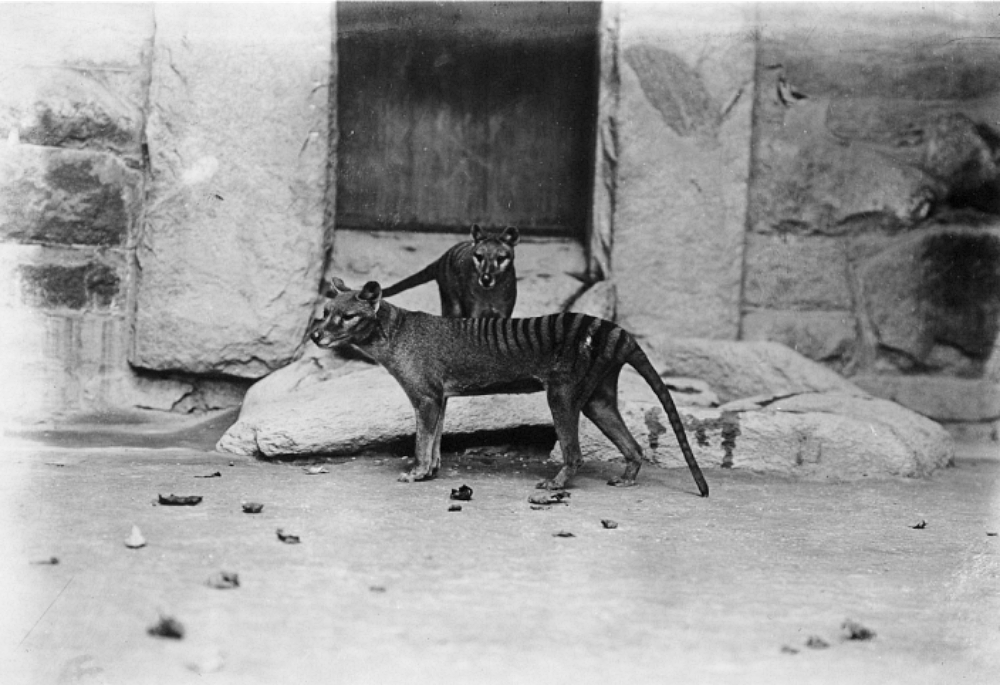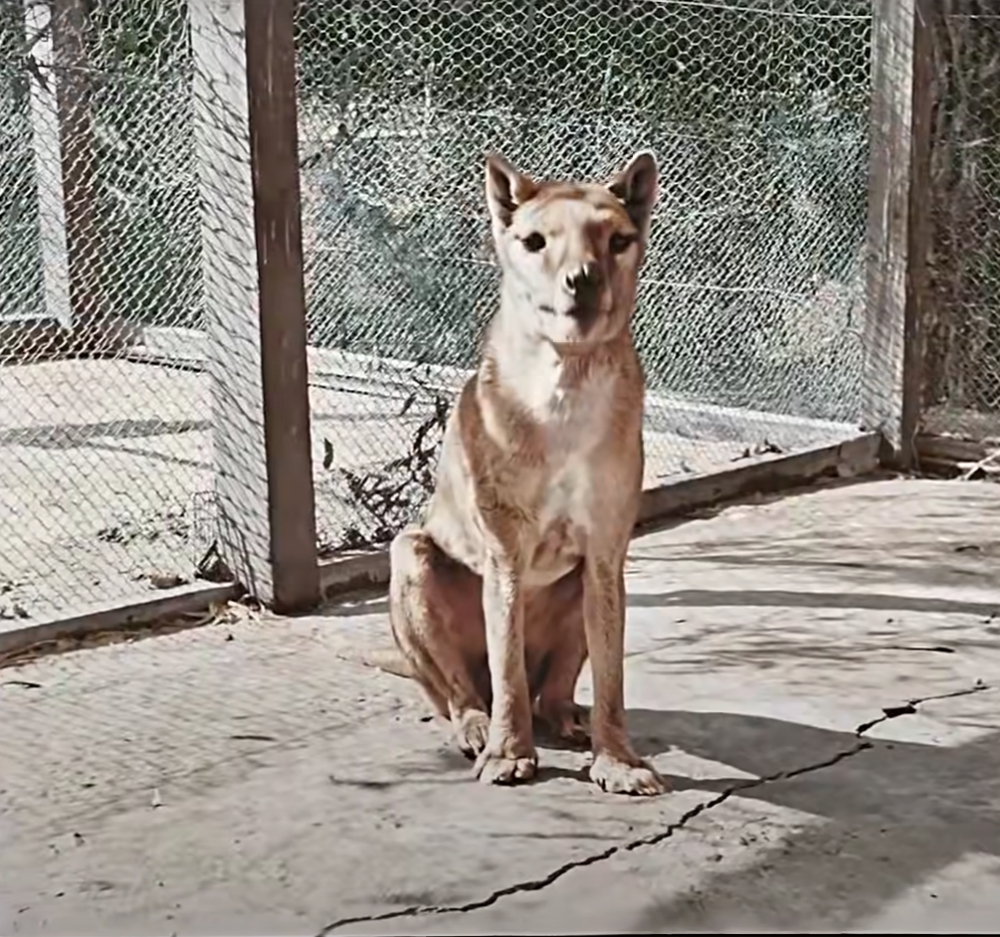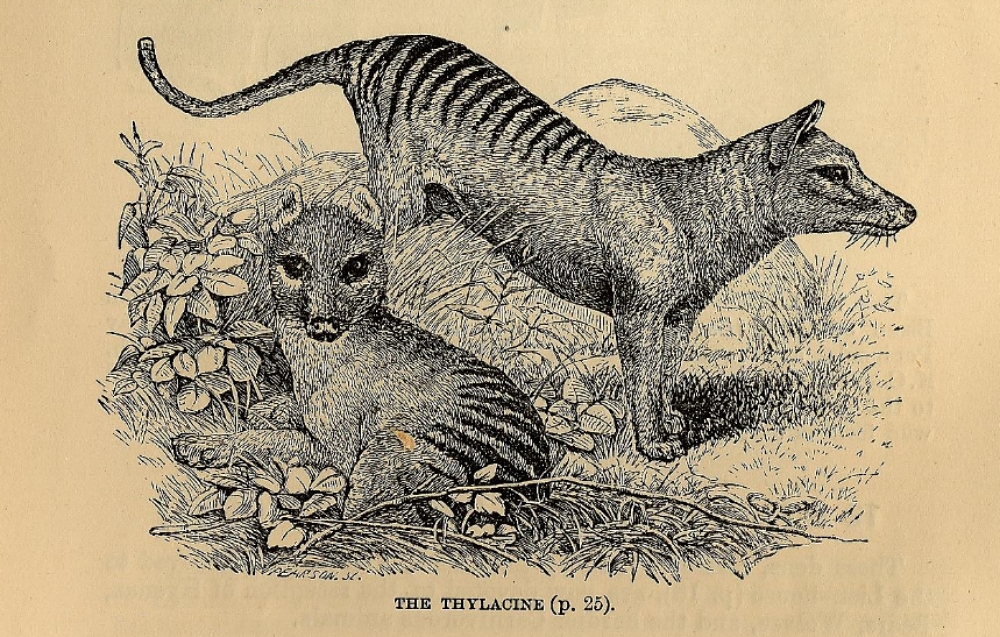The annuls of history now include many an extinct animal. From dinosaurs to animals that have died out or been pushed to extinction in more recent times there is much to be learned from studying these animals- even if they no longer exist. One of the most interesting animals to have gone extinct is the Tasmanian tiger, also known as the thylacine. Though this species was initially mistaken for a tiger by early European colonists to Tasmania it actually resembles a canine in many ways, yet is unrelated to both of these animals.

Despite similarities in markings to a tiger in the form of stripes and a face like a wolf, the thylacine was actually a marsupial. This is a case of parallel or convergent evolution where animals that have little or no genetic relation develop similar traits in different geographic locations. The fact that both thylacines and canines are predators likely drove their similar size and jaw configurations. Another thing that’s interesting about thylacines is that both sexes of this species had pouches, not just the females.
This species was most closely related to Tasmanian devils and quolls, both of which are still present in Oceania today. However, on mainland Australia and New Guinea it is thought that thylacines died out around 2,000 years ago, leaving the island of Tasmania as their last habitat.
The reasons why the thylacine went extinct in Tasmania are in large part due to bounties that were given for killing these animals when the area was being settled by Europeans. During this era they were seen as pests that preyed on livestock. Though reports vary on how large of an animal a thylacine could take down, they were an apex predator on the islands of Oceania which means they were at the top of the food chain.

Recently a film shot in 1933 of the last thylacine, named Benjamin, has been digitally enhanced and colorized. This gives a better idea of just how dense his fur was and how the straight-backed animal moved in his enclosure at the Beaumaris Zoo, Hobart, in the capital of Tasmania. Benjamin died in 1936.
The film was shot by naturalist, David Fleay, who was bitten on the bottom by Benjamin shortly after recording the film. The footage survived, despite being shot on nitrate film. This type of film is known to be highly flammable, sometimes combusting with no catalyst. Because of this trait many nitrate films are now lost. This one survived and has recently been enhanced and colorized by French firm, Composite Films, for the National Film and Sound Archive of Australia.
In a statement the NFSA said that historical descriptions and paintings of thylacines were referenced in order to get the coloring and the fur animation just right.

Today there is been a debate about whether thylacines are truly gone or not. In the 1990s reports began coming in from lay people in New Guinea and in mainland Australia of spotting these animals, though these have not been verified and no specimens have been brought to authorities.
You can see the colorized footage of this very unique animal in the video below.
SKM: below-content placeholderWhizzco for DOT

